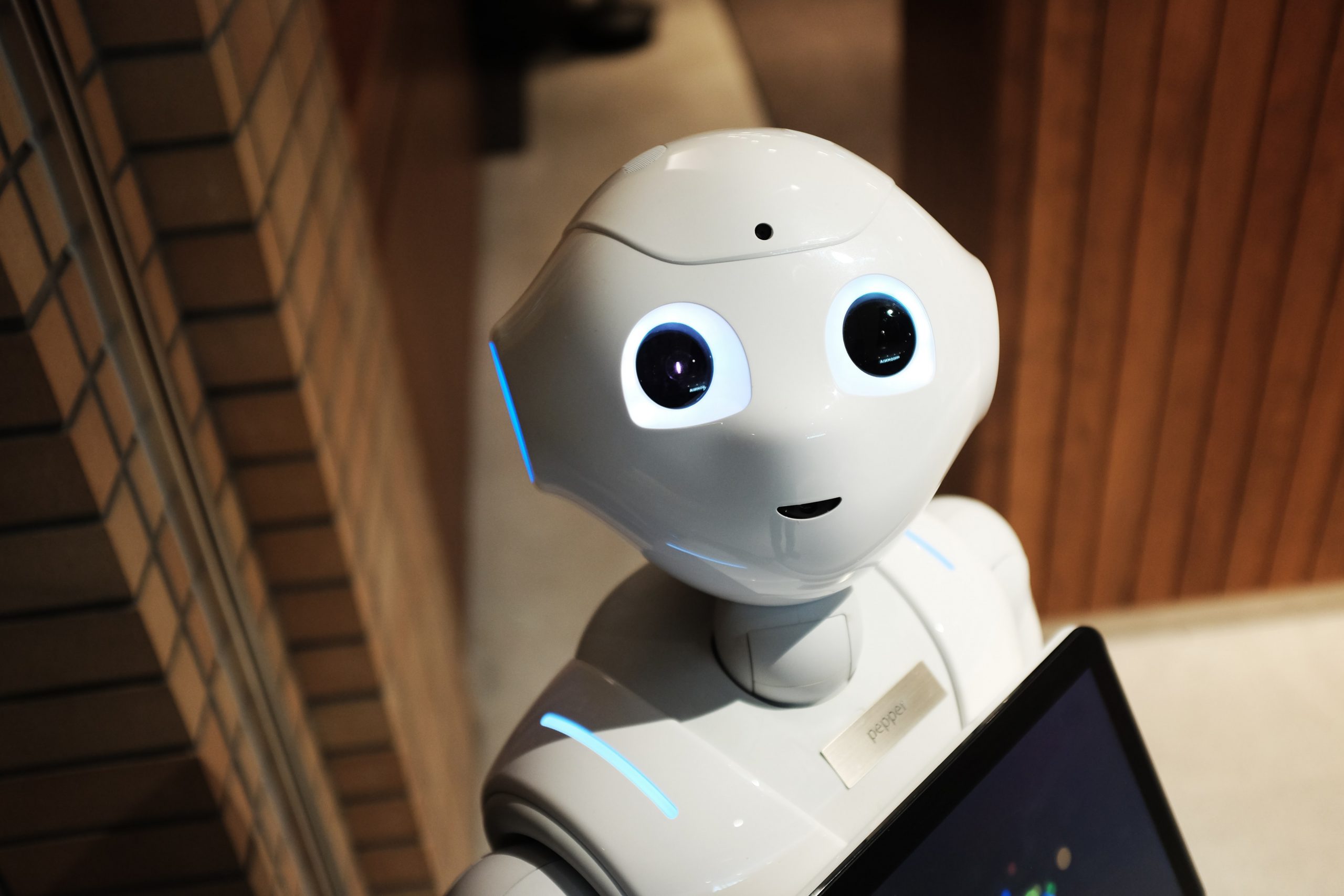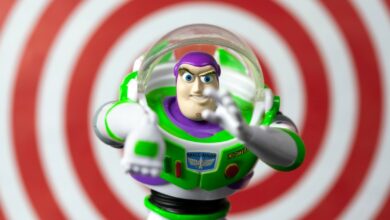
Folks in the restaurant industry never run short of clever ideas. From methods used to prepare a meal at a fast-casual restaurant to state-of-the-art training protocols and benefits that incentivize staffers and help with employee retention, change is always on the menu.
Thanks to a buffet of high tech innovations currently hitting the market faster than fast-food burgers pushed out of drive-thru windows, the concept of using robots in restaurants has caught fire faster than that flame-grilled burger.
Read More »While the original objective was cost-cutting, early waitbots saved money once the exorbitant per-robot purchase was absorbed, but some early models were so incompetent, two restaurants had to close down in China because they didn’t work very well, said Business Insider reporter Rob Price. Back to the drawing board.
Thankfully, technology has improved since then and these days, you may find as many robots wielding knives over cutting boards and stir frying noodles as you do bussing tables. But rest assured, employees are monitoring kitchen activities behind the scenes, sharing cooking tasks with workers who never ask for bathroom breaks.
Has this trend been confined to China?
Not at all. Across the water, Japan jumped on board and in 2018, Japan Times profiled a remarkable Tokyo café employing robots that were controlled from remote locations by people with severe physical disabilities.
This and other robot-run establishments are expected reach their full potential when cooperative entities make good on their promise to have a permanent installation up and ready for the 2020 Tokyo Olympics and Paralympics.
The U.S. has also been jump-starting robotics projects, notes Forbes contributor Andrew Rigie. His article profiles Spyce, the world’s first restaurant with an entirely robotic kitchen that churns out Cordon Bleu-worthy meals overseen by a Michelin-Star chef at the back of the house. This Boston restaurant remains a bastion of taste and quality, both because the chef is so talented, and because the “staff” is exceptional!
Robots in restaurants growing in popularity
In 2019, U.K.’s The Guardian served up a lively menu of automated systems currently being either used or tested in eateries across the U.S. and England, including one particularly skillful robotics model called “Penny.” Created by Bear Robotics, this clever robot spent eight months serving sushi to diners at the Kang Nam Tofu House in California as a trial run and never missed a minute on the clock.
On a less-sophisticated note, McDonald’s has begun installing self-ordering screens in select fast-casual restaurant locations in UK and US after concluding that automation was the key to increased sales and the kind of efficiency today’s busy eaters crave.
It all comes down to personality
Do robots have personalities? AI designers and product developers want to make the experience of dining in a restaurant staffed by robots a better experience, which is why they are building more and more personality-driven machines.
Dine at the Robot Restaurant in Indiranagar, Bengaluru, India and you’ll be taken care of by Arya, Ramya, Zoey, Alice, and Sansa, robots whose names are chosen by customers before delivering Indo-Asian dishes. These Android-based staffers run 24 hours before they need recharges that take only 5 hours.
Programmed to use retina verification at Robot Restaurants, customers return at a future date and the robot that greets them is likely to call that patron by name. And if every robot is busy during rush hour, owner Venkatesh Rajendran runs a mini-train doling out appetizers until a robot can take that customer’s order.
How far will Robot Restaurant management go to delight their customers? When seasonal festivals are staged throughout the year, some of their robots are dressed up in traditional clothing so they are appropriately garbed for each big occasion!
The wave of the future?
Most assuredly. Despite the toll the move to AI is taking on hiring, robots in restaurants just make sense. According to the website Deputy.com, artificial intelligence and automation are so advanced and popular among restaurant owners, they have the potential to replace humans by the mid-2020s, says Yum Brands CEO Greg Creed.
Creed believes that the trend is so popular, prices on robots trained to do specialty jobs at eateries are already beginning to drop and plenty of them are using SIRI and Amazon Echo to interact with consumers throughout the transaction.
What is driving this phenomenon? Apps and bots programmed to process orders, make and deliver food faster than ever and clean up after patrons. AI-driven kiosks offer shorter wait times and “recommendation engines” can make ordering even faster once robots “memorize” customer preferences for specific dishes.
Pros and cons of robots working at restaurants
Pros
-Robots don’t mind monotonous tasks like prepping so they do them faster
-Robots tend to make fewer mistakes than humans, according to research
-Robots don’t stay home sick, quit without notice or argue with customers
-Robots offer consistency; because they’re programmed, every dish is uniformly made
-Robots don’t take vacation days, need maternity leave or get stressed out
-Robots can’t claim worker’s compensation or sue for kitchen-related injuries
-Robots don’t join unions—at least for now.
Cons
-The initial cost of systems, robots and other AI is huge
-Restaurant owners face continuing upgrades as software and hardware become obsolete
-Higher unemployment numbers are inevitable
-Repair specialists must be on speed dial in case systems or robots go down
-Some dishes—like soups—are known to cause big messes when robots deliver them. Hopefully, new iterations of robots will soon come to market that help these soup-spilling helpers overcome that handicap!





